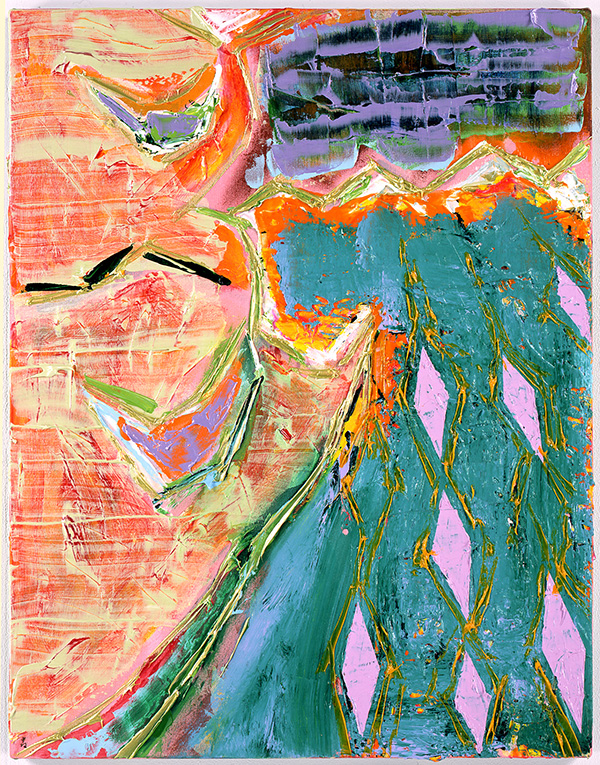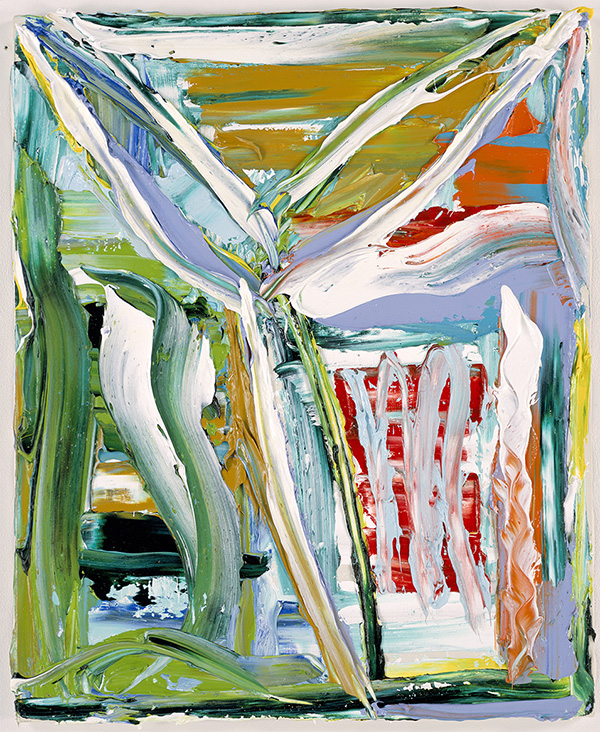ART CITIES:N.York-Kazumi Nakamura
 Kazumi Nakamura has pushed the boundaries of painting since he first burst onto the contemporary art stage in the 1980s. Pursuing new forms of expression and reaching beyond short-term trends, Nakamura’s style is abstract and theoretical, and is argued to have opened up new possibilities for contemporary painting.His paintings are the result of an exploration of the ultimate question of artists: “What is the meaning of a painting?”
Kazumi Nakamura has pushed the boundaries of painting since he first burst onto the contemporary art stage in the 1980s. Pursuing new forms of expression and reaching beyond short-term trends, Nakamura’s style is abstract and theoretical, and is argued to have opened up new possibilities for contemporary painting.His paintings are the result of an exploration of the ultimate question of artists: “What is the meaning of a painting?”
By Dimitris Lempesis
Photo: Blum & Poe Gallery Archive
Kazumi Nakamura in his solo exhibition at Blum & Poe in New York presents a body of work that spans his entire 40 years career. Nakamura entered the Tokyo University of the Arts with the intention to study art theory but soon found himself studying under Mono-ha artist Kōji Enokura. What is painting? For what purpose does it exist? Nakamura started out to answer these questions by studying the Abstract Expressionist paintings of artists such as Jackson Pollock, Mark Rothko, and Barnett Newman, whose works were considered to represent the culmination of modernist painting in the West, while pursuing a new type of painting and theory to supersede them. References in the spatial expression and symbolism of traditional Eastern painting such as Japanese ancient and medieval painting, Chinese Song Dynasty landscape painting, and Korean folk painting, were of particular interest to Nakamura. In the ‘80s, he had already put forth his “Differential painting” idea, based on his perception that the meaning of a painting exists only in reference to its differences with other paintings. The exhibition showcases paintings from the ‘80s onward, with a variety of motifs that the artist has honed to explore the duality of political and personal semiotics as applied to pictorial space. In writing about the relationship between the two fundamental elements of his work intense primary colours and geometic lines) the artist says “Colour is space before it is colour. For me, to perceive colour is to perceive space. Therefore, paradoxically, colour which does not maintain and bring out spatial qualities is not colour. The colours used in painting inevitably contribute to space whether they are material or immaterial. The quality of space is determined by the quality of the colour”. Kazumi Nakamura attracted attention for his “Y” paintings, expressionist works which employed “Y”-shapes as their motif. Following this came the “Diagonal Grid”, “C Opened”, “Ranging Difference – Broken Shelter”, “Broken Hermitage”, “Saisoro”, “Shokusocho” (Phoenix) , and other series. He has been tirelessly and dynamically exploring the meaning of pictorial space, producing more than 1300 paintings to date. In Japan, he is recognized as one of the country’s most representative painters.
Info: Blum & Poe Gallery, 19 East 66th Street, New York, Duration: 1/6-5/8/17, Days & Hours: Tue-Sat 10:00-18:00, www.blumandpoe.com


